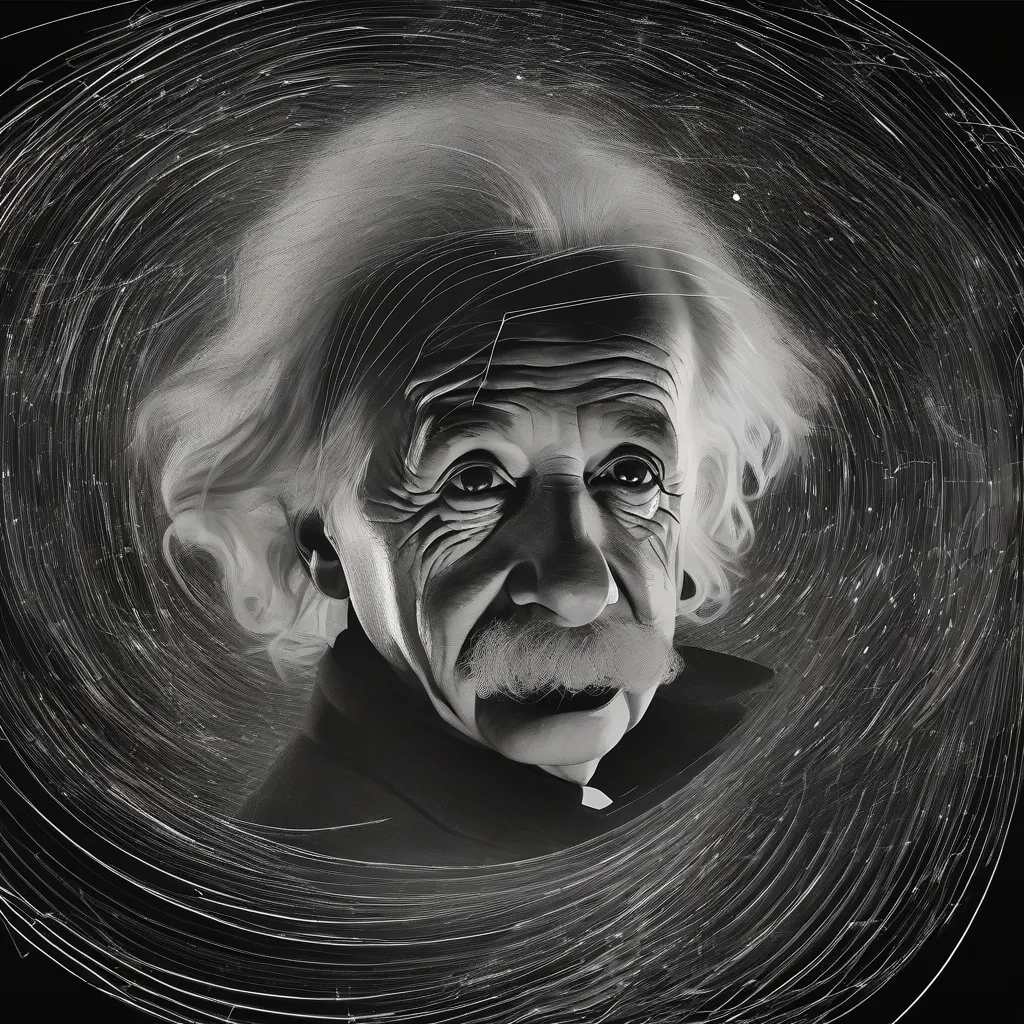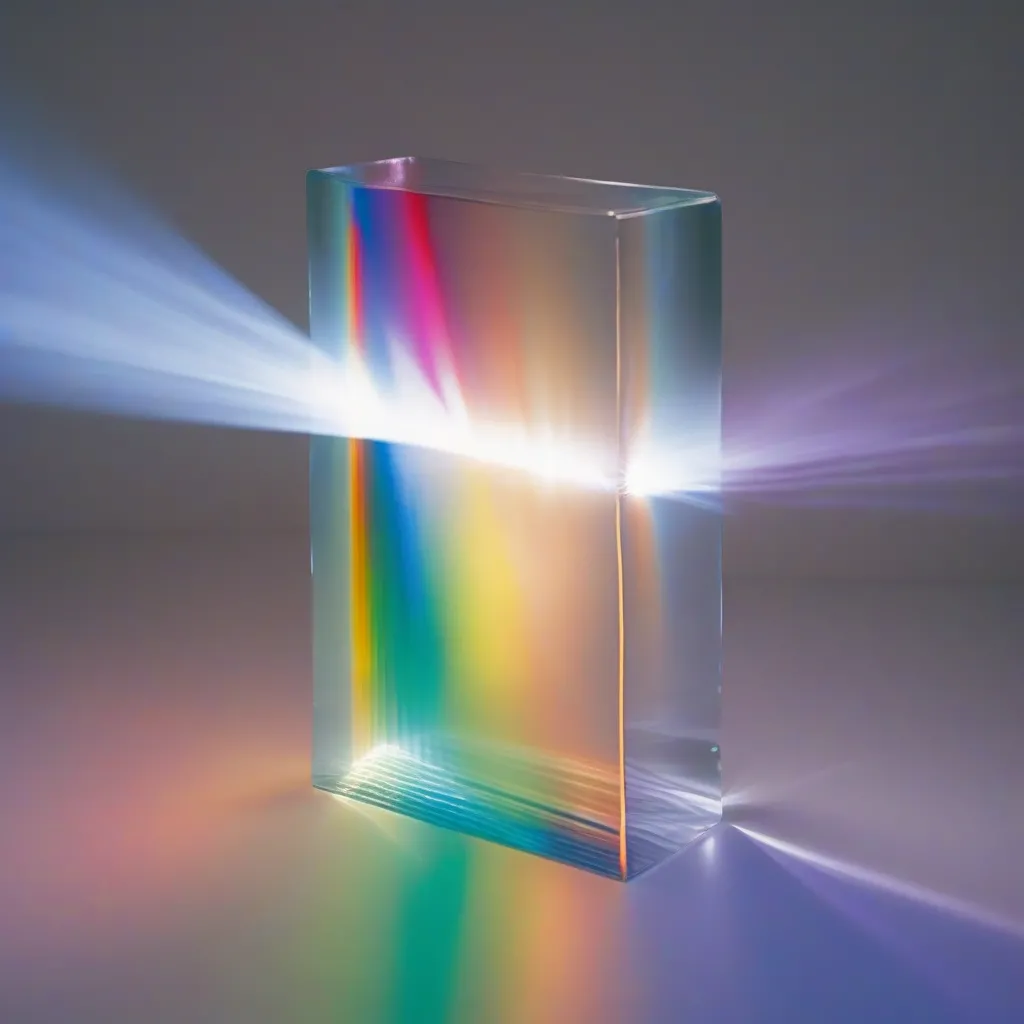Have you ever gazed at the stars on a clear night and wondered about the sheer vastness of the universe? Light from those distant suns takes years, centuries, even millennia to reach our eyes. This incredible speed of light, a fundamental constant in physics, governs much of what we understand about the cosmos and our place within it. So, just how fast does light travel? Let’s embark on a journey to explore this fascinating concept.
The Speed of Light: A Universal Constant
In the vacuum of space, light travels at an astonishing speed of approximately 299,792,458 meters per second, often rounded to 300,000 kilometers per second (186,282 miles per second). That’s fast enough to circle the Earth over seven times in just one second!
Imagine standing on the observation deck of the Burj Khalifa in Dubai, the tallest building in the world. If you could somehow point a laser pointer at the moon (ignoring atmospheric interference), the beam would reach its destination in a little over a second. This incredible speed is why we see events in space as if they are happening in real-time, even though the light might have traveled for millions of years to reach us.
Why is the Speed of Light Important?
The speed of light isn’t just about how fast photons travel through space; it’s a fundamental constant that underpins our understanding of the universe:
- Einstein’s Theory of Relativity: Albert Einstein’s groundbreaking theory hinges on the speed of light being constant for all observers, regardless of their relative motion. This concept revolutionized our understanding of space, time, and gravity.
- Astronomy and Cosmology: Astronomers use the speed of light to measure distances across vast cosmic expanses. A light-year, the distance light travels in a year, is a common unit for measuring interstellar and intergalactic distances.
- Technology and Communications: Our modern world relies heavily on technologies that harness the speed of light. Fiber optic cables transmit information as pulses of light, enabling high-speed internet, phone calls, and data transfer.
What Affects the Speed of Light?
While the speed of light in a vacuum is constant, it can be slowed down when passing through different mediums:
- Air and Water: Light travels slightly slower in air than in a vacuum, and even slower in water. This is why objects appear distorted when submerged in water, a phenomenon known as refraction.
- Glass and Diamonds: Dense materials like glass and diamonds slow down light significantly. This slowing down and bending of light is what allows lenses to focus light and create images.
Can Anything Travel Faster Than Light?
According to Einstein’s theory of relativity, nothing with mass can travel at or faster than the speed of light. As an object approaches the speed of light, its mass increases infinitely, making it impossible to reach that ultimate speed barrier. However, theoretical concepts like wormholes and warp drives continue to fascinate scientists and science fiction enthusiasts alike, offering tantalizing possibilities for faster-than-light travel in the future.
Traveling at the Speed of Light: A Thought Experiment
Imagine embarking on a hypothetical journey at the speed of light. As you approach this incredible velocity, the world around you would begin to distort due to the effects of time dilation. Time would slow down for you relative to a stationary observer, and distances would appear to contract in the direction of your motion.
While such a journey remains firmly in the realm of science fiction for now, contemplating the mind-bending implications of traveling at the speed of light deepens our appreciation for the mysteries and wonders of the universe.
Exploring the Wonders of Light and Travel
Just as light allows us to perceive the vastness of the cosmos, travel allows us to experience the beauty and diversity of our own planet. At travelcar.edu.vn, we believe that exploring new places broadens our horizons and connects us to different cultures and perspectives.
If you’re fascinated by the wonders of light and the possibilities of travel, consider exploring the world around you. From the ancient ruins of Rome to the vibrant streets of Tokyo, there’s a whole universe of experiences waiting to be discovered.
For travel inspiration and tips, be sure to visit:
How Fast Does Light Travel in One Second?: Delve deeper into the mind-boggling speed of light and its implications. (https://travelcar.edu.vn/how-fast-does-light-travel-in-one-second/)
How Fast Does Electricity Travel mph?: Explore the fascinating relationship between electricity and light, and how fast electrical signals travel. (https://travelcar.edu.vn/how-fast-does-electricity-travel-mph/)
Let your curiosity guide you, and embark on a journey of discovery that expands your understanding of both the physical and cultural wonders of our world.
 Einstein's Theory of Relativity
Einstein's Theory of Relativity
 Refraction of Light
Refraction of Light
Let us know in the comments below what fascinating facts about light and travel you discover on your own explorations!